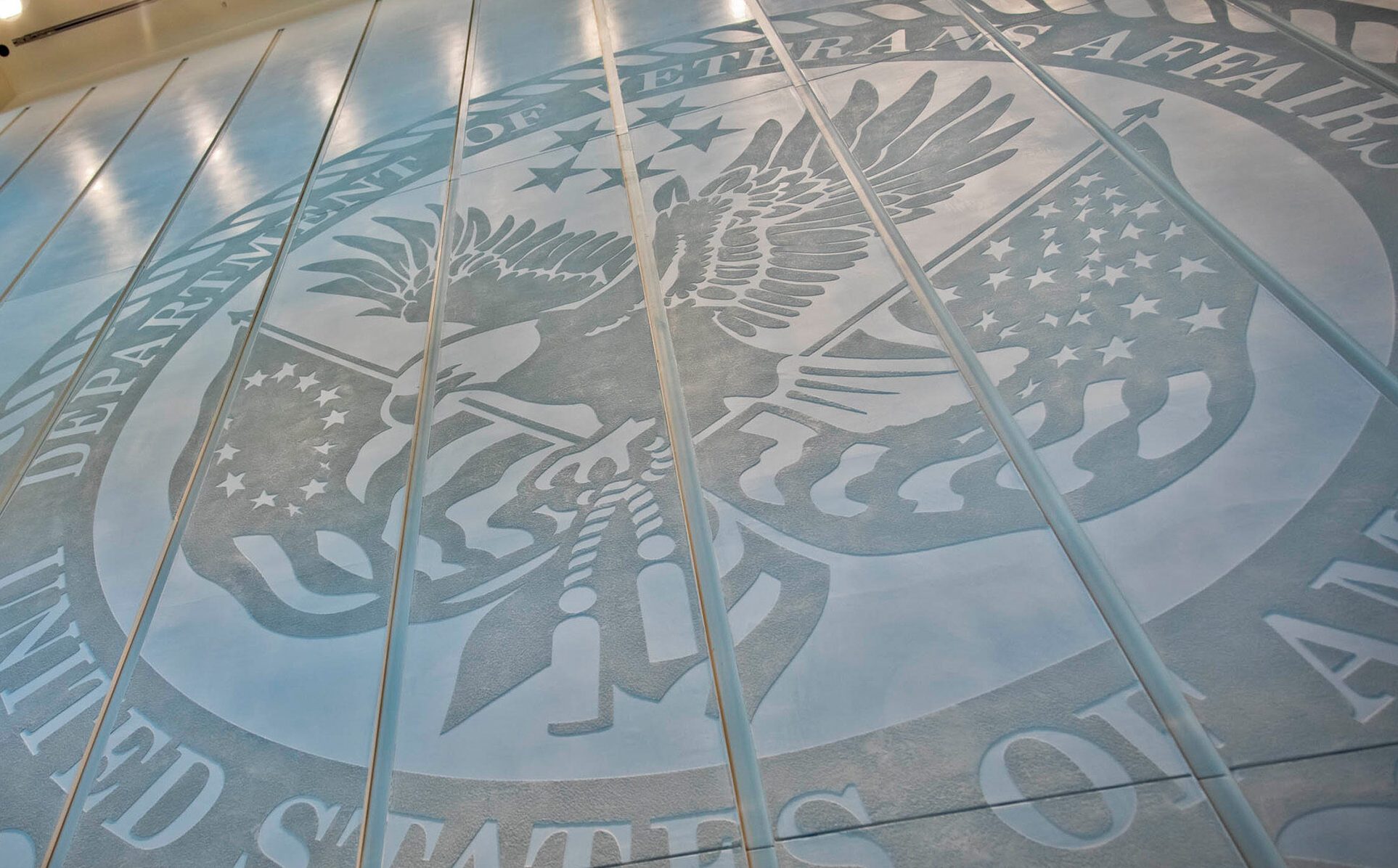Appears In
This article was updated on June 26, 2020 to reflect updated data.
An established leader in telehealth technology, VA has been using real-time virtual medical appointments since 2016 to connect Veterans with VA clinicians for the care they need, when they need it, no matter where they live. VA’s telehealth program has been an essential element in serving our nation’s nearly 5.2 million Veterans living in rural communities, making it easier for them to receive care and convey vital information to their medical providers.
Today, the expansion of VA telehealth and telemedicine technologies is a key element of VA’s COVID-19 response efforts. VA Video Connect virtual appointments and other telehealth technologies are playing an important role in flattening the pandemic growth curve by providing patients quick, easy, and effective access to healthcare professionals. VA Video Connect allows VA to treat non-COVID-19 patients (and those experiencing mild symptoms) in the comfort of their own home while limiting unnecessary in-person exposure and keeping beds open in VA medical centers for those most in need.
Nationwide, OIT is deploying more than 50,000 telehealth kits — each containing a laptop, docking station, mouse, keyboard, webcam, headset, and two monitors — to enable VHA clinicians to connect remotely with patients. VA’s strong foundational investments in telehealth over the past decade positioned OIT to rapidly expand the delivery of virtual care to support Veterans during the COVID-19 pandemic.
Since the outbreak, OIT has supported a 1,066% surge in Veteran telehealth visits — from approximately 41k total monthly video visits in January to more than 479k in May. To stay ahead of the growing demand, OIT upgraded the VA Video Connect system’s on-premises hardware and expanded the video conferencing system to the cloud, quintupling telehealth visit concurrent call capacity from 3k in February to more than 15k. In May alone, OIT’s expanded VA Video Connect capacity helped more than 263,000 unique Veteran patients limit exposure to and spread of COVID-19. The number of Veterans using VA Video Connect each month continues to rise: more than 102,000 Veterans received care through telehealth visits in the first week of June, which is equal to the total unique Veteran patients who used the telehealth system for the entire month of March. To date for 2020, the expanded VA Video Connect system helped Veterans conduct more than 1.5 million telehealth appointments from their own homes or another non-VA site, and 95 percent of those telehealth sessions occurred March 1 or later. OIT continues to grow telehealth support to meet VHA’s anticipated total telehealth visits for 2020 — 2.8 million (compared to just under 295,000 visits in 2019).
OIT is also helping VA expand its use of tele-ICU. Tele-ICU carts allow all ICUs in a network to have access to an intensivist-led care team and gives them access 24/7 to specialist expertise. They allow the tele-ICU care team members to monitor and assess patients, alerting the bedside team when they are needed. To date, OIT has configured dynamic port security for more than 98 tele-ICU sites (including 82 priority sites) ahead of schedule, allowing healthcare workers to move the carts from room to room without needing IT intervention, and ensuring clinicians can continue to provide seamless care to Veterans. In total, VA IT staff will configure more than 130 locations to enable future expansion of the tele-ICU cart functionality.
VA’s recent telehealth successes will continue beyond the COVID-19 pandemic, so that VA can continue to deliver on Secretary Wilkie’s prime directive — delivering exceptional customer service to our Veterans. Other federal agencies have taken notice and expressed interest in leveraging VA’s lessons learned with its massive expansion of telehealth solutions, and VA is working with the United States Coast Guard and the Department of Defense’s Defense Health Agency to help enhance their own video conferencing and telehealth capabilities.






